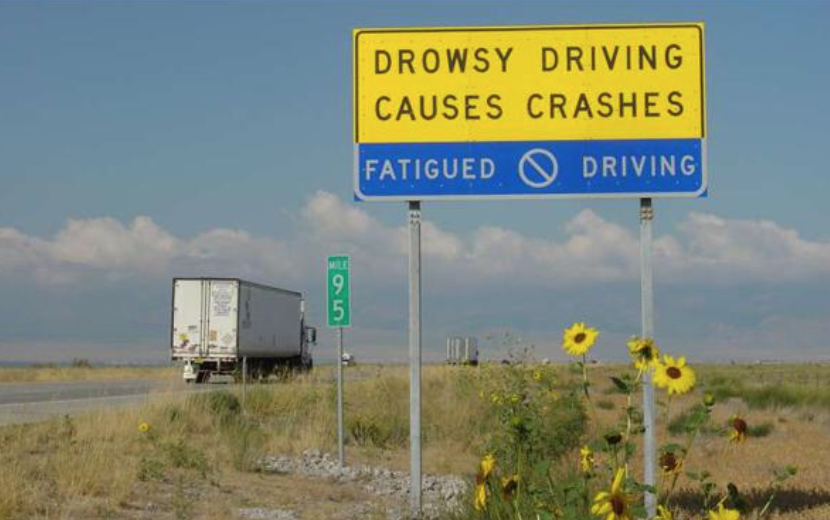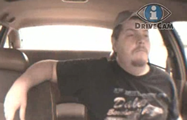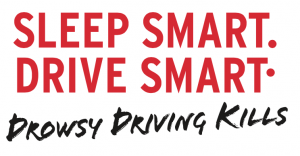Drowsy Driving
2016 UTAH DROWSY DRIVING FACTS
- Drivers aged 15-24 years had the highest percent of drivers in crashes that were drowsy
- Male drivers were 1.8 times more likely to be in drowsy driver crashes.
- While 2% of total crashes involved a drowsy driver, 9% of crashes occurring during the hours of midnight – 5:59 a.m. involved a drowsy driver.
- June and July had the most drowsy driving crashes.
- Juab and Emery Counties had the most drowsy driving crashes.
- Crashes in rural counties in Utah were 2.3 times more likely to involve drowsy driving than crashes in urban counties.
- Get a drowsy drivers fact sheet here.
WARNING SIGNS
- Difficulty focusing, frequent blinking or heavy eyelids;
- Daydreaming or wandering thoughts;
- Trouble remembering the last few miles driven;
- Yawning repeatedly or rubbing your eyes;
- Trouble keeping your head up;
- Drifting from your lane, tailgating, or hitting a shoulder rumble strip;
- Feeling restless and irritable.
Not only is the cab driver in this video falling asleep, but he’s not wearing his seat belt. It’s a vivid demonstration of how dangerous both drowsy driving and not buckling up can be.
SPECIFIC AT-RISK GROUPS
- Young people, especially males under age 26;
- Shift workers. Working the night shift increases your risk by nearly 6 times;
- Commercial drivers. At least 15% of all heavy truck crashes involve fatigue;
- Business travelers who spend many hours driving or may be jet lagged;
- People with undiagnosed or untreated disorders. People with untreated obstructive sleep apnea have been shown to have up to seven times increased risk of falling asleep at the wheel.
HOW CAN YOU PREVENT DROWSY DRIVING?
Drowsy Driving Awareness Week in Utah is the 3rd full week in August.
Here are some tips from the National Sleep Foundation (visit Drowsydriving.org for more information):
Before hitting the road
- Get adequate sleep—most adults need 7-9 hours to maintain proper alertness during the day
- Schedule proper breaks—about every 100 miles or 2 hours during long trips
- Arrange for a travel companion—someone to talk with and share the driving
- Avoid alcohol and sedating medications—check your labels or ask your doctor
Visit the Sleep Smart Drive Smart webpage for additional information and a press kit.
For more information, please call the Utah Highway Safety Office at 801-965-4400



